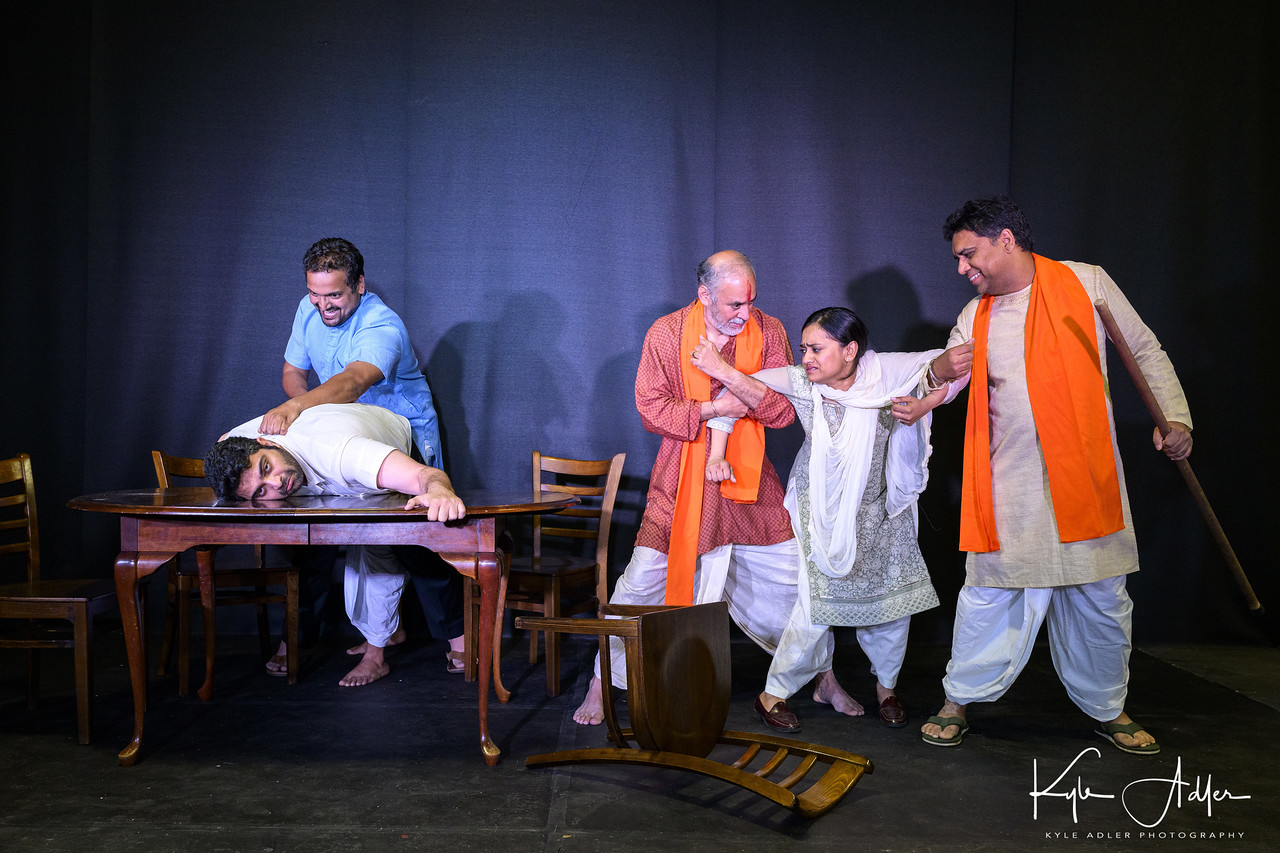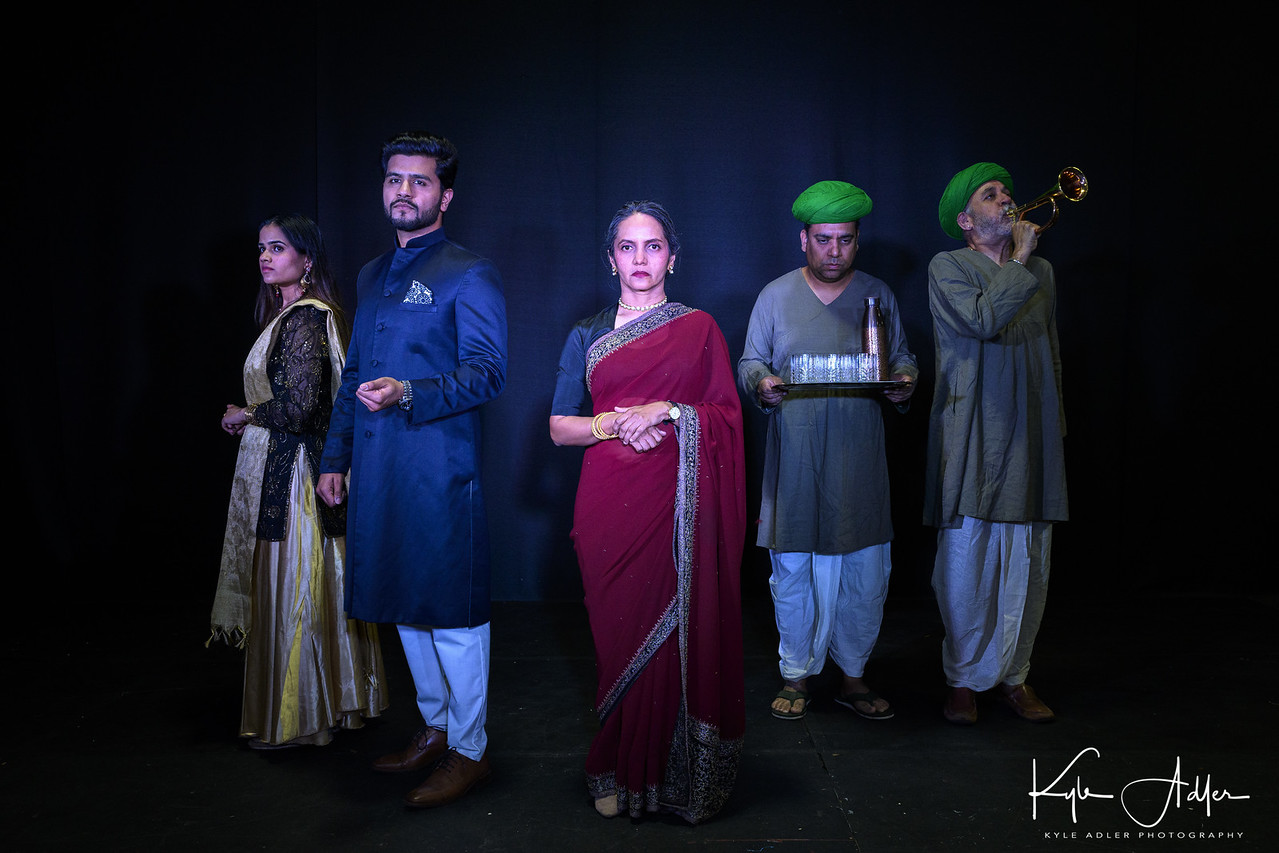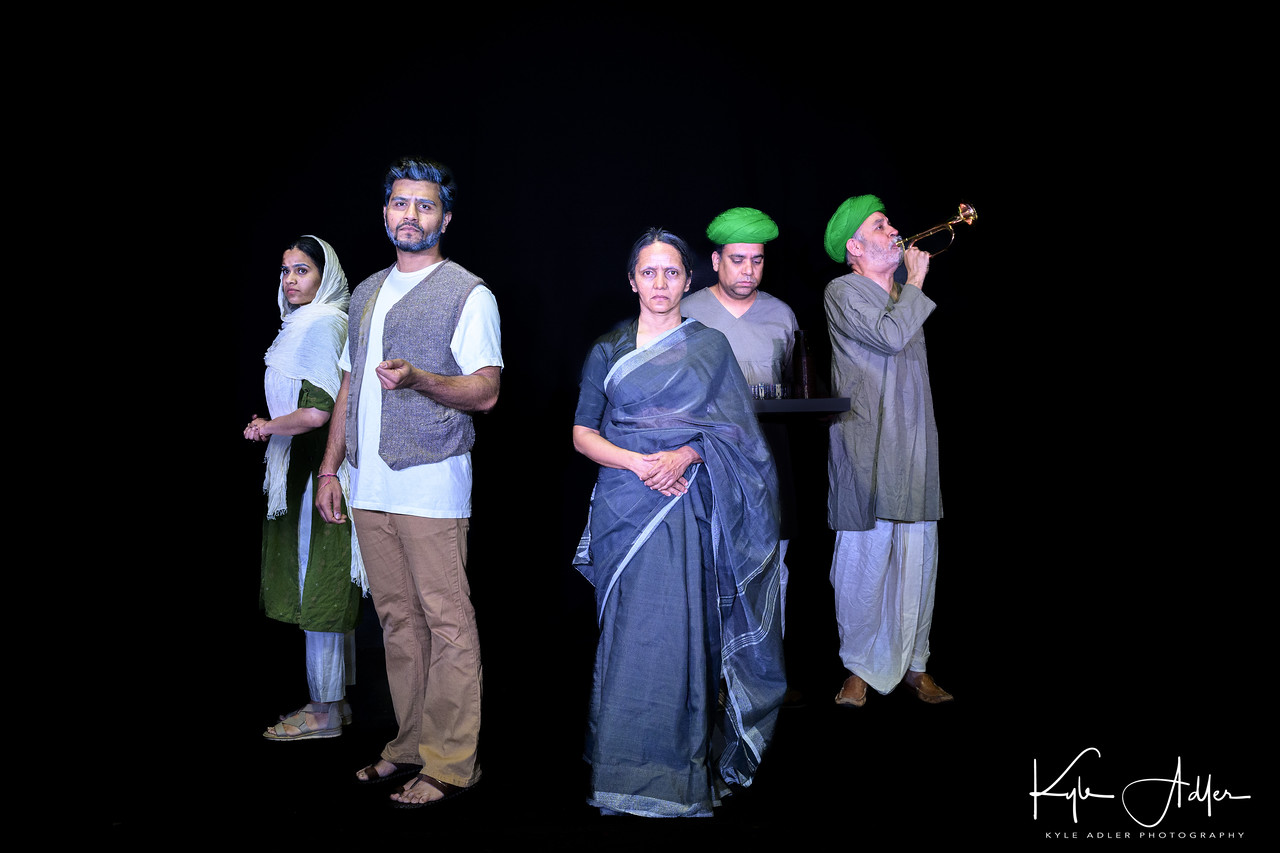Dispossession, Displacement, and Disappointment.
Delhi: A frigid morning in December of 1971. A woman, two children in tow, walk into the Hazrat Nizamuddin railway station and claim to be the legitimate descendants of the last Nawab of Awadh: Wajid Ali Shah. In the colorful country that is India, such an act would have been easily dismissed as the rantings of a lunatic, had it not been for the fact that the three of them spent over a decade waiting in the first class waiting room of the railway station, and a further decade in an abandoned old fortress – Malcha Mahal – for justice to be done. It is this unbelievable tale that we fictionalize in our play “Vilayat Mahal”.
I was made aware of the story of Vilayat Mahal in 2019 through an article in the New York Times. It was only when I looked deeper into it as I fictionalized the tale, that I realized that Vilayat’s story tracks that of the Indian subcontinent. Our play spans nearly fifty years – 1947 to 1993 and moves between India and Pakistan. Every event of note in those five decades – Partition, the infiltration of Kashmir by jihadis, Pakistan’s first military coup by Ayub Khan, the Indo-Pak war of 1965, the Tashkent peace-treaty, the Emergency of 1975, Operation Blue Star, Indira Gandhi’s assassination, Rajiv Gandhi’s victory and loss, the economic liberalization of 1993 – was a significant milestone in Vilayat’s life. Even her arrival at Hazrat Nizamuddin railway station was marked by the Bangladesh Liberation War of 1971. In her story lies the story of India and Pakistan.
For an outsider, Vilayat’s story would seem like one of delusion, but we all need our delusions to live. Just like we all need our stories. However inconsistent they may be, our stories are our truth, and Vilayat Mahal’s truth was that she was the legitimate descendant of the Nawab of Awadh, she was ready to sacrifice her life in the quest to convince the world.
Vilayat’s story was born out of trauma, and trauma, as modern psychology tells us, can alter the sense of who we are, destroying our ability to tell a seamless story. As Judith Herman writes in “Trauma and Recovery: The Aftermath of Violence – From Domestic Abuse to Political Terror”: The conflict between the will to deny horrible events and the will to proclaim them aloud is the central dialectic of psychological trauma.
As an immigrant who’s untethered himself from his homeland, I could relate to Vilayat’s sense of un-rootedness, and her need of wanting to go back to what was. But the time that was is not any more. And the time that is, will never quite live up to the standards of nostalgia. It takes a brave person to accept this reality. We can only live in the memory of what was, through the delusional stories we tell ourselves. After all, every human needs a story, without one, you disappear.
Anush Moorthy
Writer & Director,
Vilayat Mahal
Below: a few pictures from our photoshoot of Vilayat Mahal.



